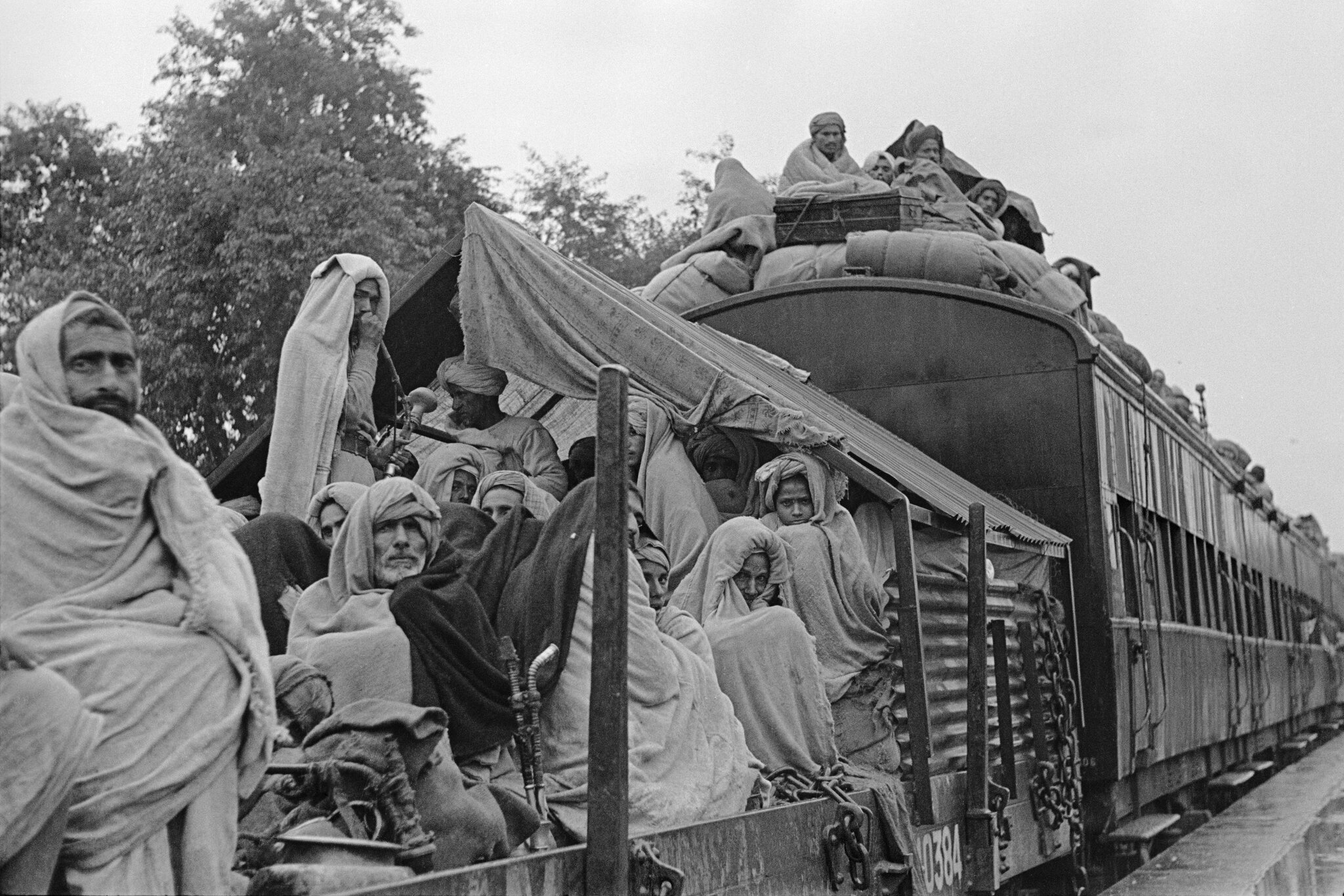Do Qaumi Nazariya (Two-Nation Theory)
The Two-Nation Theory (Do Qaumi Nazariya) is one of the most significant concepts in the history of the Indian subcontinent. It laid the foundation for the creation of Pakistan in 1947. The theory states that Hindus and Muslims are two distinct nations, with their own religions, customs, traditions, and social values, and therefore, they cannot coexist in a single nation under the rule of the Hindu majority. This idea became the ideological basis for the demand for a separate Muslim state, leading to the partition of India and the birth of Pakistan.

Origins of the Two-Nation Theory
The roots of the Two-Nation Theory can be traced back to historical, social, and religious differences between Hindus and Muslims. Since the arrival of Islam in the Indian subcontinent, Muslims and Hindus lived together, but their way of life, beliefs, and cultural practices remained distinct.
The British colonial rule in India, which began in the 18th century, further highlighted these differences. As the British introduced democratic reforms, Muslims feared that a Hindu-majority government would dominate them. The demand for separate political identity and representation for Muslims gained momentum in the late 19th and early 20th centuries.

Sir Syed Ahmed Khan and the Early Concept
Sir Syed Ahmed Khan was one of the earliest leaders to emphasize the differences between Hindus and Muslims. He believed that Muslims should focus on education and modernization to secure their political and economic rights. In the late 19th century, he argued that Hindus and Muslims were two separate nations with different civilizations and, therefore, could not be governed under a single political system.
Role of the Muslim League
The All India Muslim League, founded in 1906, played a crucial role in shaping the Two-Nation Theory into a political movement. Under the leadership of Muhammad Ali Jinnah, the theory gained strength as Muslim leaders realized that their political, economic, and religious rights would not be safeguarded in a united India.
Lahore Resolution 1940
The Two-Nation Theory was officially adopted as a political demand in the Lahore Resolution of 1940. The resolution, passed on March 23, 1940, at Minto Park (now Iqbal Park) in Lahore, called for the creation of independent states for Muslims in the northwestern and eastern regions of India. This historic event marked the turning point in the struggle for Pakistan.

Partition and Creation of Pakistan
The Two-Nation Theory ultimately led to the partition of India in 1947. Pakistan emerged as an independent state on August 14, 1947, as a homeland for Muslims. However, the partition also resulted in large-scale violence and displacement, affecting millions of people.
Legacy of the Two-Nation Theory
The Two-Nation Theory remains a significant part of Pakistan's national ideology. It justifies the creation of Pakistan and emphasizes the need to preserve Islamic identity, culture, and values. While some historians debate its relevance today, it continues to be an essential aspect of Pakistan's history and political discourse.
the Two-Nation Theory was the driving force behind the demand for Pakistan. It highlighted the deep religious, cultural, and political differences between Hindus and Muslims, ultimately leading to the creation of an independent Muslim state.




You must be logged in to post a comment.